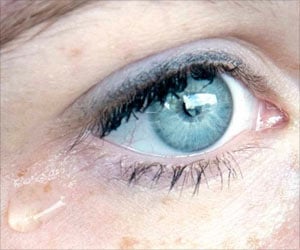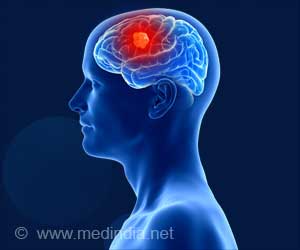American scientists have discovered how maturing red blood cells tend to lose their nuclei which paves way for more oxygen-carrying haemoglobin, thereby boosting the metabolism.
American scientists have discovered how maturing red blood cells tend to lose their nuclei which paves way for more oxygen-carrying haemoglobin, thereby boosting the metabolism.
Researchers at the Whitehead Institute for Biomedical Research modelled the complete process while working with laboratory mice.The researchers say that it was known that as a mammalian red blood cell nears maturity, a ring of actin filaments contracts and pinches off a segment of the cell that contains the nucleus, a type of “cell division”. Thereafter, the nucleus is swallowed by macrophages, one of the immune system’s quick-response troops.
However, the genes and signalling pathways that drive the pinching-off process were still a mystery for the researchers.
“Using a cell-culture system we were actually able to watch the cells divide, go through hemoglobin synthesis and then lose their nuclei. We discovered that the proteins Rac 1, Rac 2 and mDia2 are involved in building the ring of actin filaments,” Nature Cell Biology quoted Harvey Lodish, who is also a professor of biology at Massachusetts Institute of Technology, as saying.
Peng Ji, lead author and postdoctoral researcher in the Lodish lab, said: “We were very interested in that Rac 1 and Rac 2 were involved in disposing the nuclei of red blood cells. These proteins are known for their role in creating actin fibres in many body cells, and a necessary component of many important cellular functions including cell division that support cell growth.”
In a report on their study, the researchers have revealed that their cell-culture system began with red blood cell precursors drawn from an embryonic mouse liver. They note that in mammalian embryos, the liver is the main producer of such cells, rather than bone marrow as in adults.
Advertisement
To probe the changes in the red blood cells through the different stages leading up to the loss of the nucleus, the researchers used simple fluorescence-based assays.
Advertisement
“During normal cell division, each daughter cell receives half the DNA,” says Lodish.
“In this case, when the red blood cell divides, one daughter cell gets all the DNA. What’s fascinating is that in this case, that daughter cell gets eaten by macrophages. Until now, scientists were unable to study these cells because they were unable to see them,” the researcher adds.
Source-ANI
SRM/L





